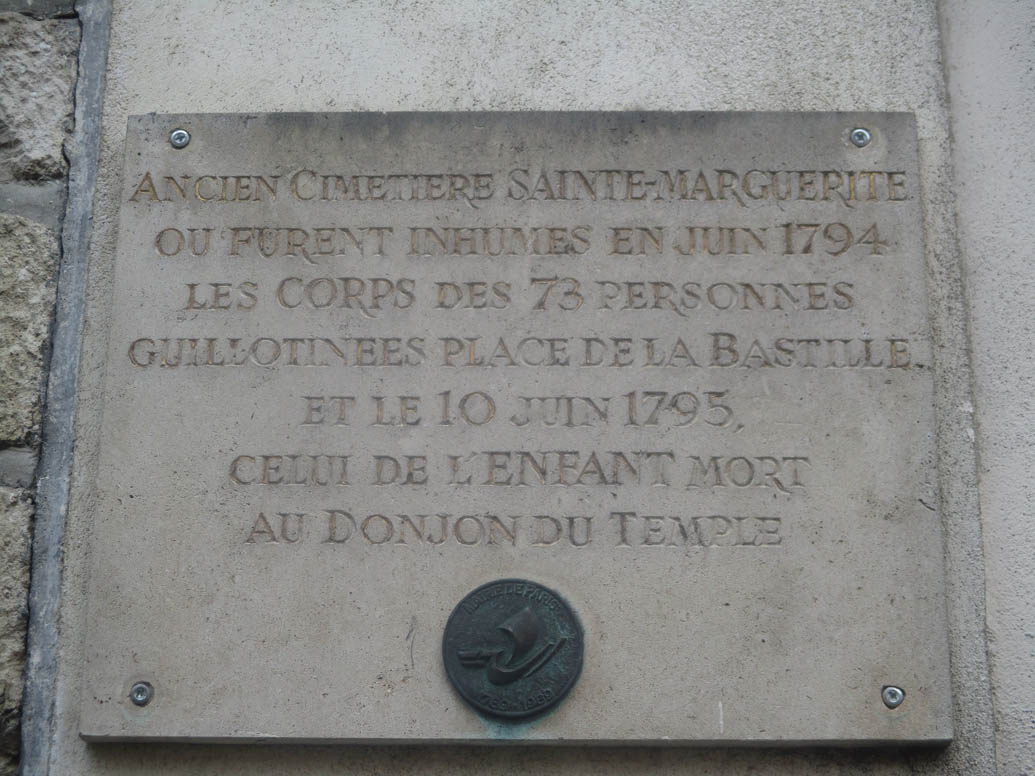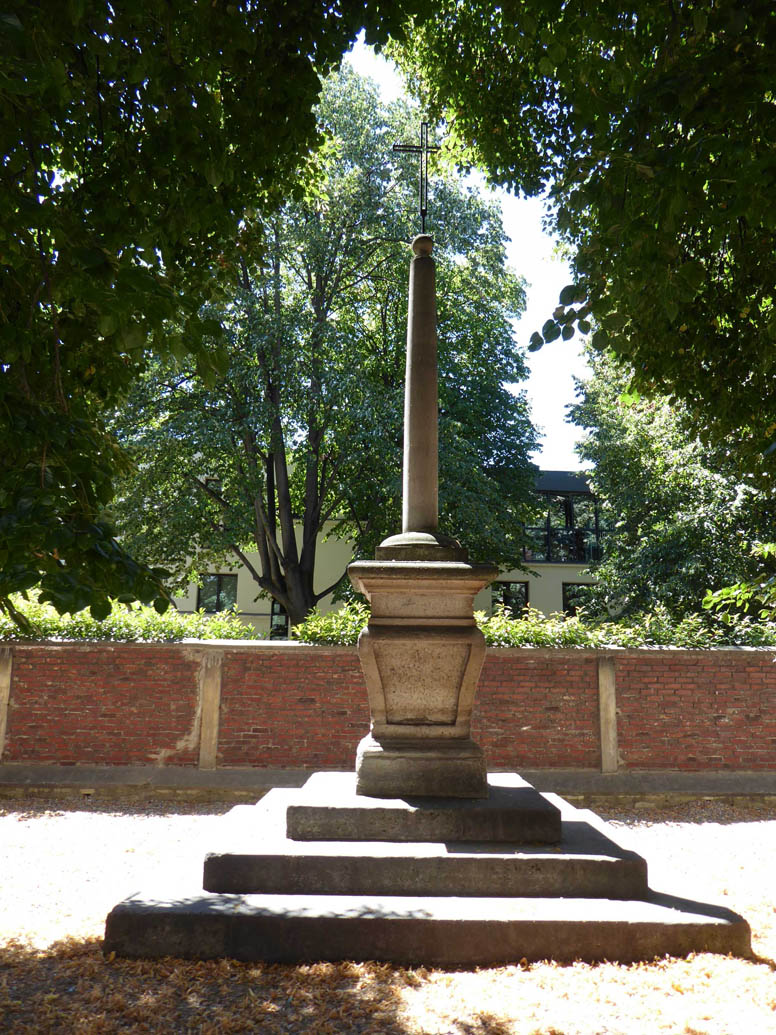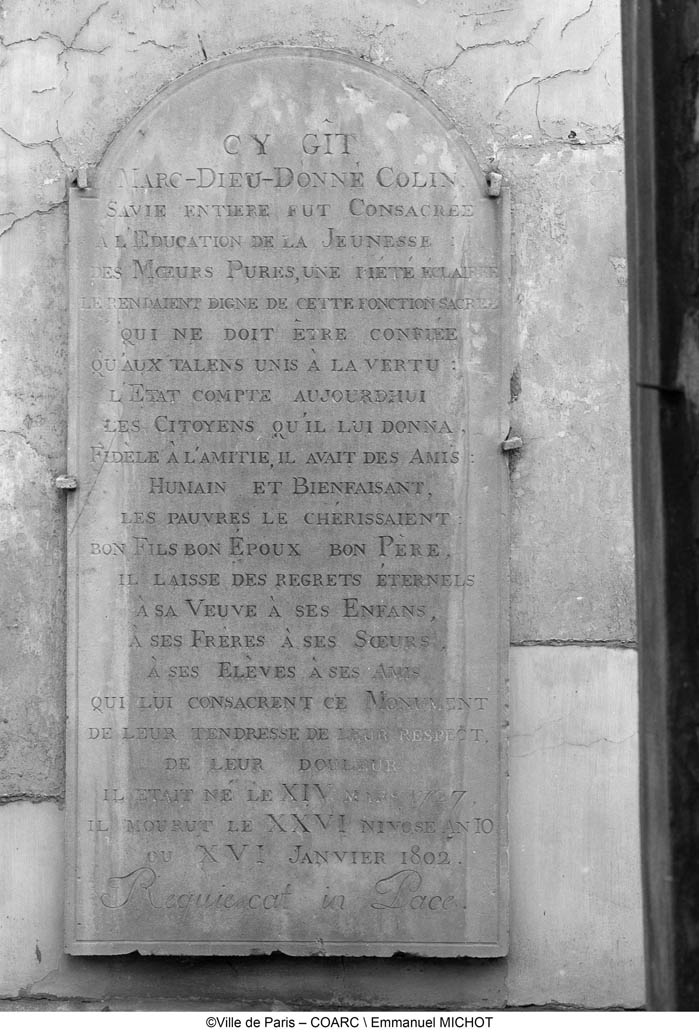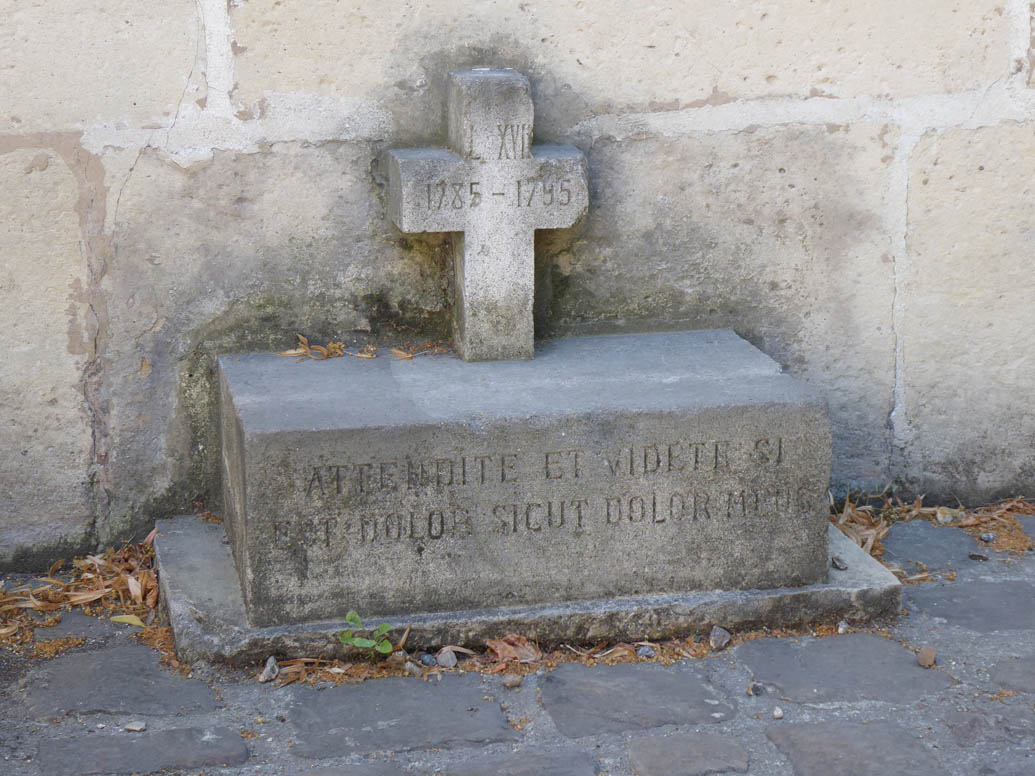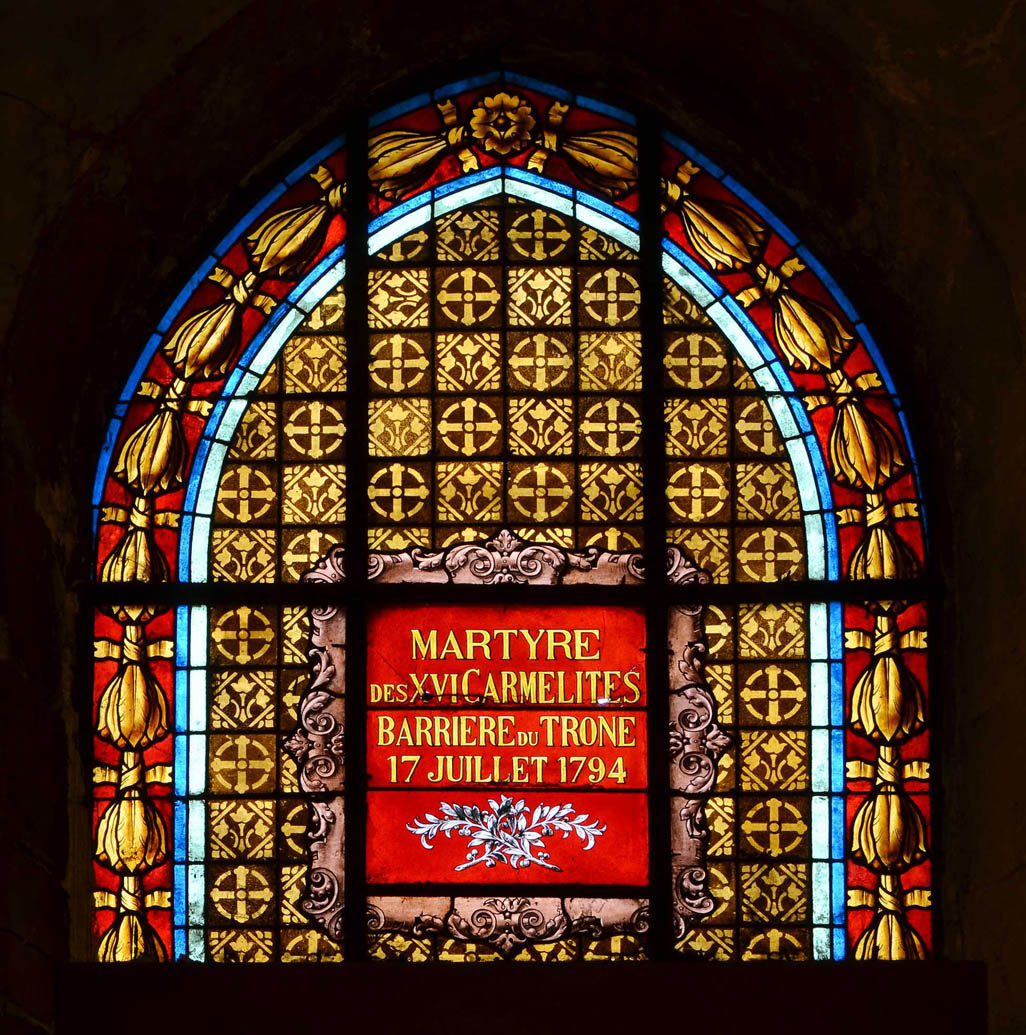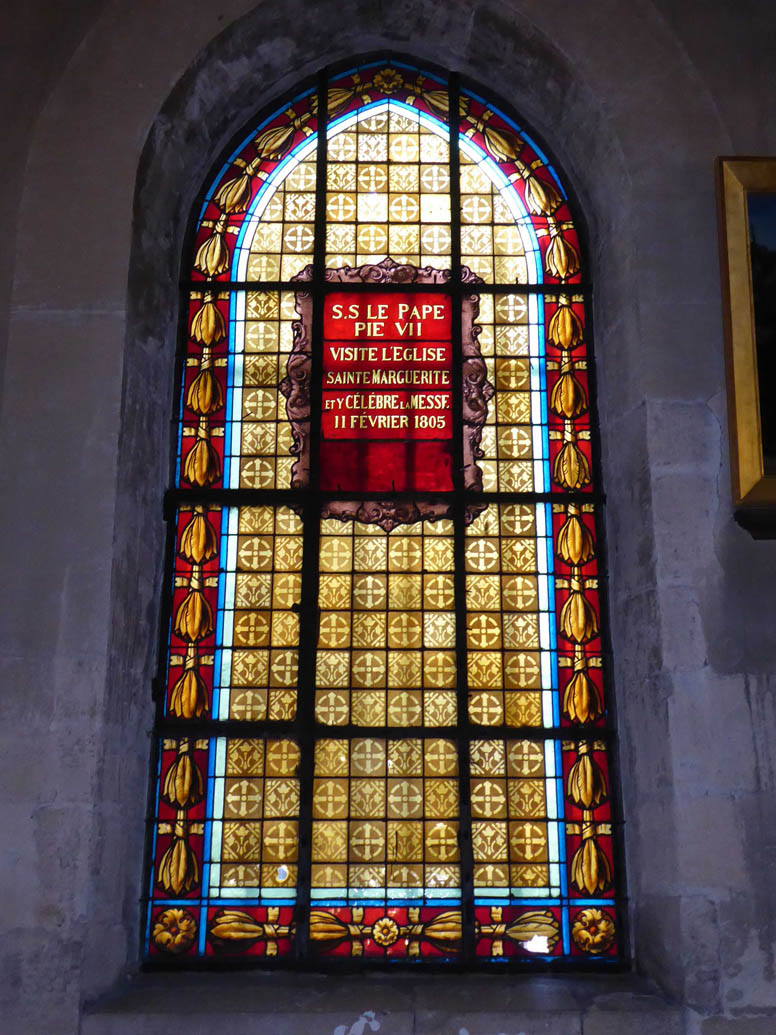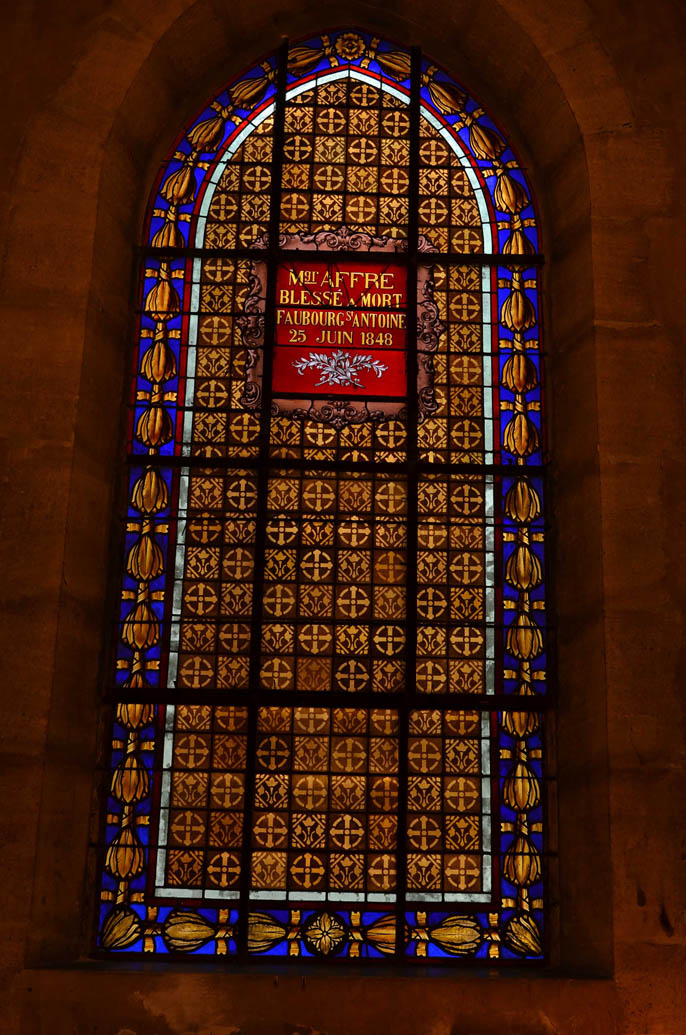A Cemetery for those Executed by the Guillotine
Located between Paris and the village of Charonne, at the end of the Saint-Antoine neighborhood, the Saint-Marguerite church became, as of the spring of 1789 and outside of church services, a site for political assemblies in order to elect representatives to the Estates General. This is where the wallpaper manufacturer Jean-Baptiste Réveillon announced that he wanted to decrease his workers’ wages, causing a giant riot at the end of April: the “Réveillon riots.” The church’s cemetery evokes tragic futures: it is here where the bodies of those guillotined were buried after the guillotine was moved to the Place de la Bastille (June 9-14, 1794), followed by the Place du Trône-Renversé (currently the Place de la Nation, from June 14-July 27, 1794), before the Picpus cemetery was chosen as their future resting ground.
Location
ItinerarySainte-Marguerite Church, 36 rue Saint-Bernard
Suggestion
The Bastille and its neighborhood
The Bastille
To find out more…
The mystery of Louis XVII’s tomb
A cross and a stone tomb confirm with certainty that this is where the son of Louis XVI and Marie-Antoinette was buried, called to reign under the name of Louis XVII. Hoping to see the Bourbon line continue to live on, those who believed that the child survived claimed for many years that these remains belonged to another child, chosen in order to hide the future Louis XVII’s escape. After more than two centuries, one thing is sure: the child died in the Temple fortress from tuberculosis in 1795, after having been incarcerated alone under very severe conditions. We do not know where his remains were buried, but his heart was preserved and has been in the Saint-Denis Basilica since 1975. In the 19th century, the presence of this supposed tomb transformed the Saint-Marguerite church into a commemorative site for the monarchy.
A commemorative site of the Counter-Revolution
The many tributes inscribed on the stained glass windows are a testament to this cult of counter-revolutionary martyrs. They evoke the visit of Pope Pius VII, who celebrated a mass here in 1805, in expiation of revolutionary sins. They also pay tribute to the 16 Carmelites of Compiègne, executed on July 17, 1794.


